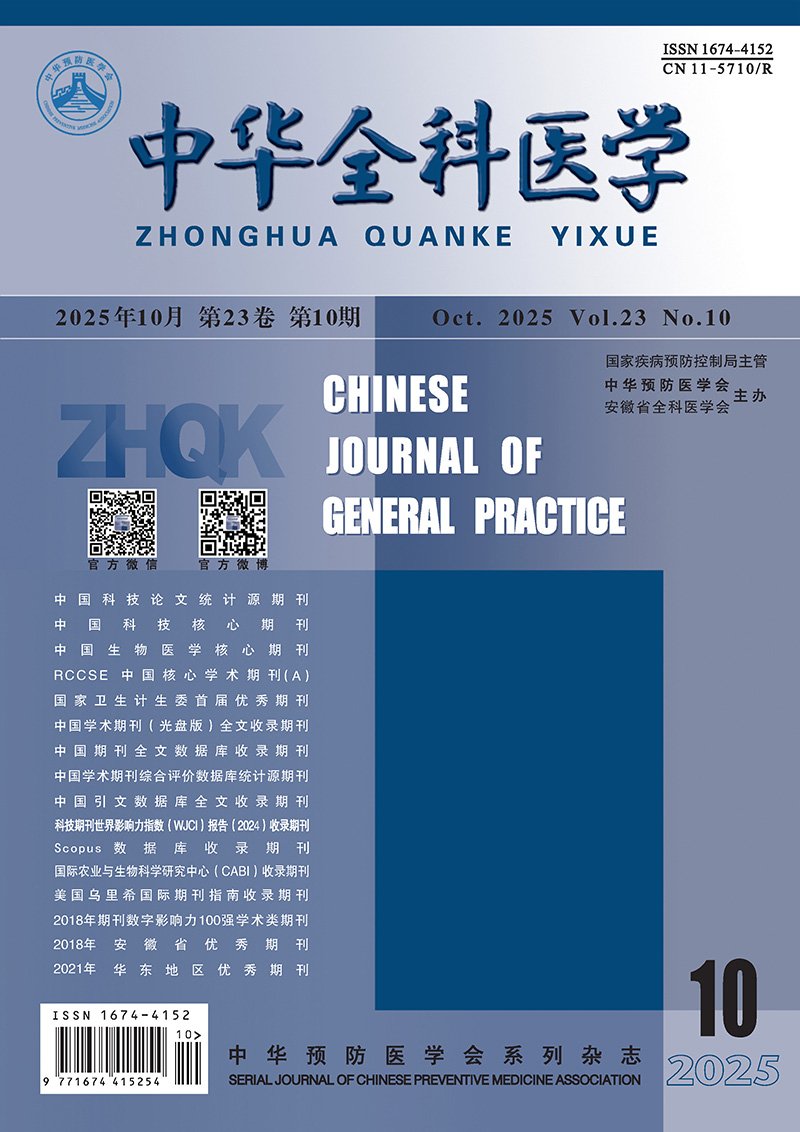Abstract:
Objective To investigate the characteristics of brain functional activities in obsessive-compulsive disorder(OCD) patients compared with healthy controls in resting state, and to explore the functional connection patterns between bilateral thalamus and whole brain in patients. Methods According to the diagnostic criteria of OCD in ICD-10, 26 patients with OCD(OCD group) and 25 healthy volunteers(HC group) matched in gender, age and education background were selected for Y-BOCS, HAMA, HAMD scale tests and brain functional MRI scans. ReHo analysis was carried out at the whole brain voxel level, and brain regions with different ReHo values between the two groups were screened. The left and right thalamus were used as seed points for the analysis of the whole brain functional connection. Results Brain regions with different ReHo values between OCD group and HC group included left thalamus, right thalamus, right paracentral lobule, right posterior central gyrus and left angular gyrus. Taking left thalamus as the seed point for the analysis of brain functional connectivity, compared with HC group, the OCD group showed weaker functional connectivity in bilateral thalamus, left frontal middle gyrus, right hippocampus and right caudate nucleus, and showed enhanced functional connectivity in bilateral anterior central gyrus, left parietal lobe, bilateral temporal lobe, bilateral posterior central gyrus, bilateral calcarine gyrus, bilateral lingual gyrus, bilateral precuneus, bilateral cuneus, bilateral cerebellum, right fusiform gyrus and bilateral paracentral lobule. Taking right thalamus as the seed point to analyze the connections of the brain, the OCD group, compared with HC group, showed weaker functional connectivity in left medial frontal gyrus, right superior frontal gyrus, bilateral thalamus, bilateral anterior cingulate gyrus, bilateral medial cingulate gyrus, and right marginal gyrus, and showed enhanced functional connections in bilateral temporal lobe, bilateral occipital lobe, bilateral cerebellum, bilateral cuneus lobe, left fusiform gyrus, bilateral lingual gyrus and bilateral Calcarine gyrus. Conclusion Patients with OCD have abnormal functional activities in multiple brain areas, weakened functional connections in the limbic CSTC loop, and enhanced compensatory functional connections between the thalamus and the middle and posterior parts of the brain.


